Hartford Foundation Growth Responds to Community Needs
/The Hartford Foundation for Public Giving, the community foundation for 29 communities in Greater Hartford, awarded more than $33 million in grants to the region’s nonprofit agencies and educational institutions in 2015, according to the organization’s newly released annual report. The Foundation’s 2015 grantmaking was based on the recognition that "a vibrant and strong Greater Hartford region requires that all residents, especially those with the greatest need, have equitable opportunities to achieve and flourish," the report stated. In order to make this possible, the Foundation provided support to nonprofit and public entities that "work to ensure everyone has access to the resources and services they need to thrive."
 The Foundation invested 30 percent of its grants in education from birth through high school, and new and renewed college scholarship, according to the report. Grants for family and social services received 20 percent; health – 11 percent; arts and culture – 11 percent; community and economic development – 19 percent, general – 5 percent and summer programs – 4 percent.
The Foundation invested 30 percent of its grants in education from birth through high school, and new and renewed college scholarship, according to the report. Grants for family and social services received 20 percent; health – 11 percent; arts and culture – 11 percent; community and economic development – 19 percent, general – 5 percent and summer programs – 4 percent.
“Thanks to the support of our generous donors, the Hartford Foundation, working with our many community partners, is leading and participating in collaborative approaches to harness resources and increase community impact,” said Linda J. Kelly, president of the Hartford Foundation.
The Foundation received gifts totaling $17.5 million and established 29 new funds, including a new giving circle, the “Black Giving Circle Fund,” to address issues facing Greater Hartford’s Black community.
“Our newly adopted strategic plan, with its focus on equity and opportunity, prioritizes learning from birth through college, vibrant communities and family economic security,” Kelly said. “We look forward to amplifying our efforts to address community needs to meet the broad-based and changing issues in our region, and create pathways to opportunity for all residents.”
The annual report highlights the wide variety of work the Foundation has supported throughout Greater Hartford, including:
Alliance District Grants (Bloomfield, East Hartford, Windsor): More than $1.5 million was awarded to three Greater Hartford school districts to establish or deepen each district’s partnerships with family and community, to improve student outcomes and promote equitable educational opportunity throughout the region.
- Bloomfield was awarded a grant to significantly expand Bloomfield Public Schools’ family and community partnerships supporting an extended school day and increasing yearlong support of student learning.
- East Hartford Public Schools received a grant to develop a new Teaching and Learning Center and other strategies that will enable it to support children’s learning, development, and success through increased family, school, and community partnerships.
- Windsor Public Schools received a grant to establish a new Office of Family and Community Partnership to develop families, school staff, and community partners’ knowledge, skills, and other capacities to engage in productive partnerships focused on student success.
The Hartford Foundation has approved $3.95 million over three years in grants and technical assistance to support the Career Pathways Initiative, a collaborative, crosscutting approach to providing residents with education and workforce training that places them on a trajectory to ascend a career ladder in industries that have job openings. The initiative targets low-literate and low-skilled residents of the Capitol Region, including single parents, at-risk youth, immigrants, homeless heads of household, former offenders, and others who need a broad range of coordinated services to be successful. The initiative enhances or expands existing programs and pilots new approaches.
Journey Home was awarded a three-year, $199,197 grant to support the region’s Coordinated Access Network, a collaboration of services providers whose goal is to establish a coordinated region wide placement and referral system for homeless individuals and families.
The Nonprofit Support Program continues to be a critical source of capacity building and knowledge sharing among our region’s nonprofit organizations. In 2015, 218 nonprofits were awarded 96 grants totaling $1.74 million. These grants included support for technical assistance, strategic technology, human resources, board leadership development, executive transition, financial management and evaluation capacity.
Metro Hartford Progress Points, a partnership between the Hartford Foundation and eight other regional entities, launched the second edition of the Progress Points Report which focused on access to better schools, better jobs and stronger neighborhoods.
Since its founding in 1925, the Foundation has awarded approximately $654 million in grants.



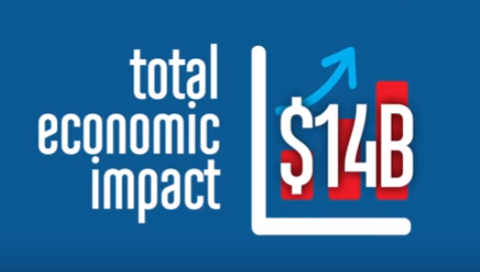
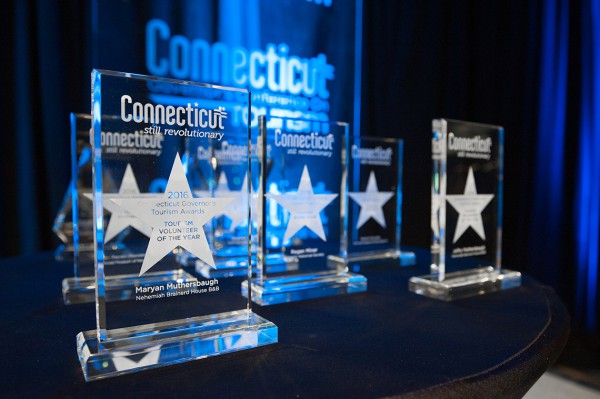

 Overall in Connecticut, the chronic absenteeism rate dropped from 11.1 percent in 2011-12 to 10.6 percent in 2014-15. The State Department of Education website explains that “improving and sustaining good attendance requires the active engagement of district and school-based leaders and administrators along with a clear articulation of roles and responsibilities.”
Overall in Connecticut, the chronic absenteeism rate dropped from 11.1 percent in 2011-12 to 10.6 percent in 2014-15. The State Department of Education website explains that “improving and sustaining good attendance requires the active engagement of district and school-based leaders and administrators along with a clear articulation of roles and responsibilities.”

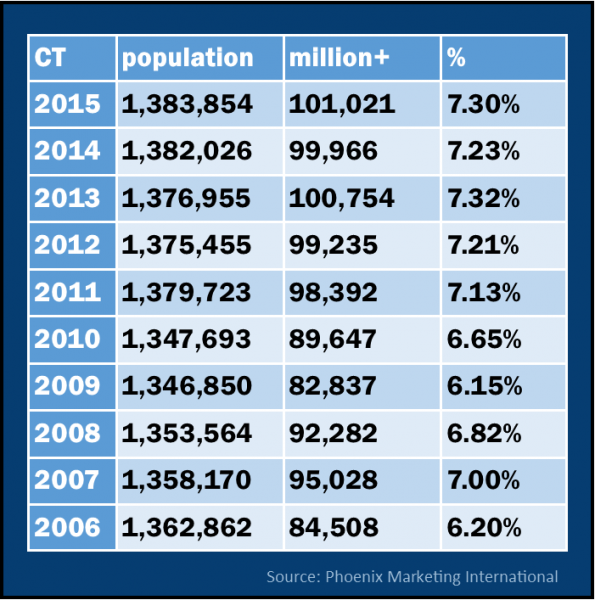 He added, “We advised him that there are ways to be close to family and friends in Connecticut on occasion that are perfectly legal. We're trying to send a more welcoming message to the high earners as a group." Homeowners who spend more than 183 days in the state are considered residents for tax purposes.
He added, “We advised him that there are ways to be close to family and friends in Connecticut on occasion that are perfectly legal. We're trying to send a more welcoming message to the high earners as a group." Homeowners who spend more than 183 days in the state are considered residents for tax purposes. wealthiest individuals, had relocated from Greenwich to Florida, the second individual in that tax bracket to do so recently. The exits, the Courant reported, “leave Connecticut with 13 billionaires, including Ray Dalio ($15.6 billion) and Steven Cohen ($12.7 billion), both hedge fund owners who live in Greenwich.” Eight of those 13 state residents list Greenwich as their home address, according to
wealthiest individuals, had relocated from Greenwich to Florida, the second individual in that tax bracket to do so recently. The exits, the Courant reported, “leave Connecticut with 13 billionaires, including Ray Dalio ($15.6 billion) and Steven Cohen ($12.7 billion), both hedge fund owners who live in Greenwich.” Eight of those 13 state residents list Greenwich as their home address, according to 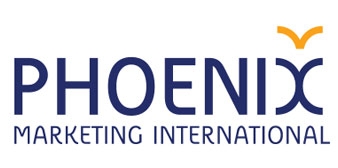
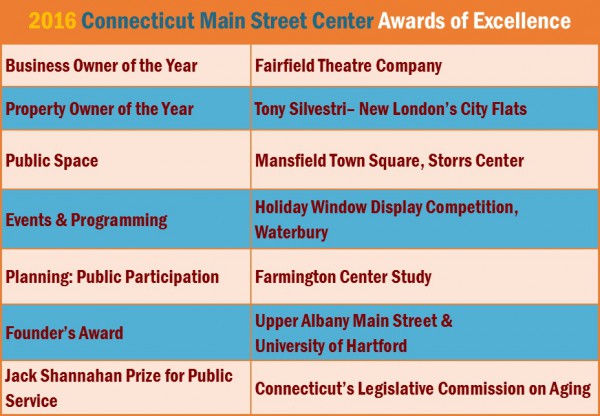




 The Child Care metrics included Day-Care Quality, Child-Care Costs, Access to Pediatric Services, and WalletHub’s “Best School Systems” Ranking. The Professional Opportunities category included Gender Pay Gap, Ratio of Female Executives to Male Executives, Median Women’s Salary, Percentage of Families in Poverty, Female Unemployment Rate, and Gender-Representation Gap in Different Economic Sectors. The Work-Life Balance category included Parental Leave Policy, Length of the Average Woman’s Work Week, and Women’s Average Commute Time.
The Child Care metrics included Day-Care Quality, Child-Care Costs, Access to Pediatric Services, and WalletHub’s “Best School Systems” Ranking. The Professional Opportunities category included Gender Pay Gap, Ratio of Female Executives to Male Executives, Median Women’s Salary, Percentage of Families in Poverty, Female Unemployment Rate, and Gender-Representation Gap in Different Economic Sectors. The Work-Life Balance category included Parental Leave Policy, Length of the Average Woman’s Work Week, and Women’s Average Commute Time.
 The recommendations are drawn from the experiences of nine communities in Connecticut that explored researched-based strategies over the past year, to link supports for social-emotional and literacy skills. The effort was part of the Connecticut Peer Learning Pilot on Social-Emotional Development and Early Literacy, developed and led by the Campaign for Grade-Level Reading, in partnership with the National Center for Children in Poverty and with support from the Irving Harris Foundation and others.
The recommendations are drawn from the experiences of nine communities in Connecticut that explored researched-based strategies over the past year, to link supports for social-emotional and literacy skills. The effort was part of the Connecticut Peer Learning Pilot on Social-Emotional Development and Early Literacy, developed and led by the Campaign for Grade-Level Reading, in partnership with the National Center for Children in Poverty and with support from the Irving Harris Foundation and others.








 for a proposed mixed use development project at 161-177 State Street, which is phase one of a multi-phase project that includes demolition of the Mills public housing project and implementation of the Harbor Brook Flood Control project north of the Hub site. The new building will be within walking distance of Meriden`s new Transit center.
for a proposed mixed use development project at 161-177 State Street, which is phase one of a multi-phase project that includes demolition of the Mills public housing project and implementation of the Harbor Brook Flood Control project north of the Hub site. The new building will be within walking distance of Meriden`s new Transit center. In February, the Connecticut Small Business Development Center (CTSBDC), the City of Meriden and The Midstate Chamber of Commerce announced the opening of the newest CTSBDC office, to be located at Meriden City Hall.
In February, the Connecticut Small Business Development Center (CTSBDC), the City of Meriden and The Midstate Chamber of Commerce announced the opening of the newest CTSBDC office, to be located at Meriden City Hall.



























